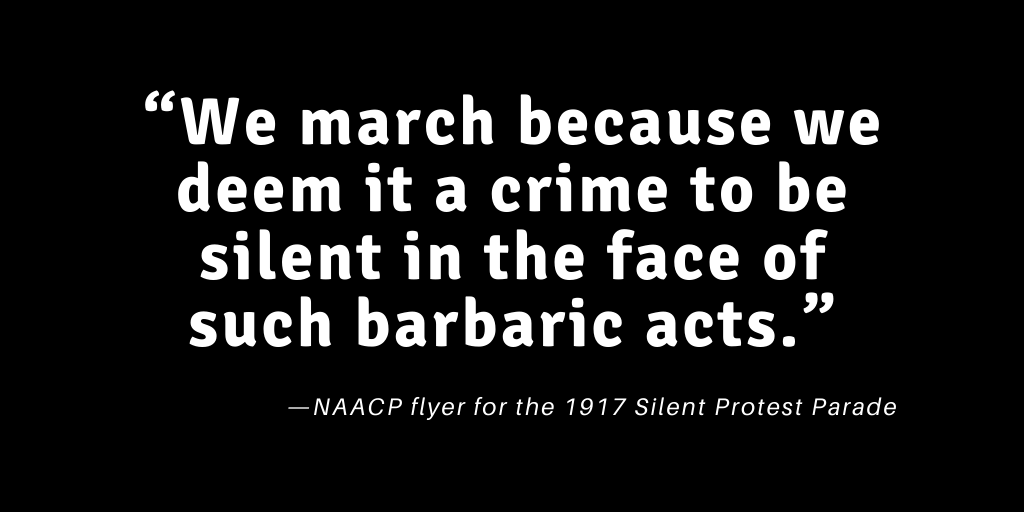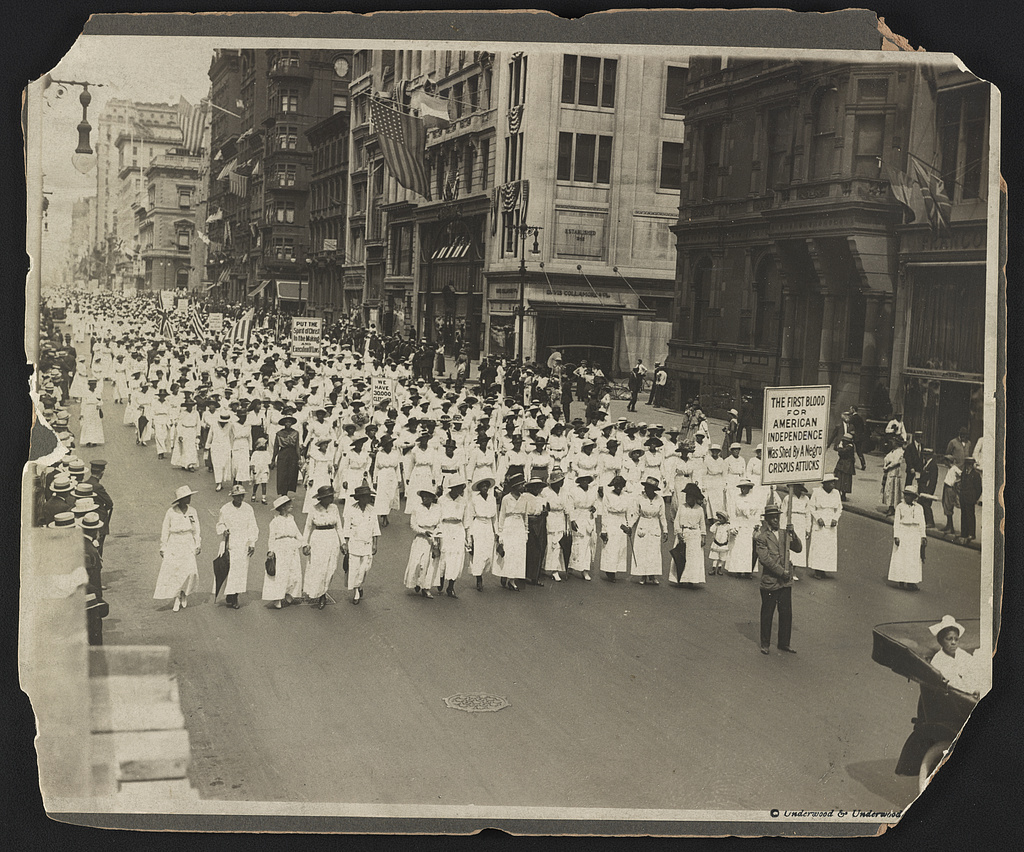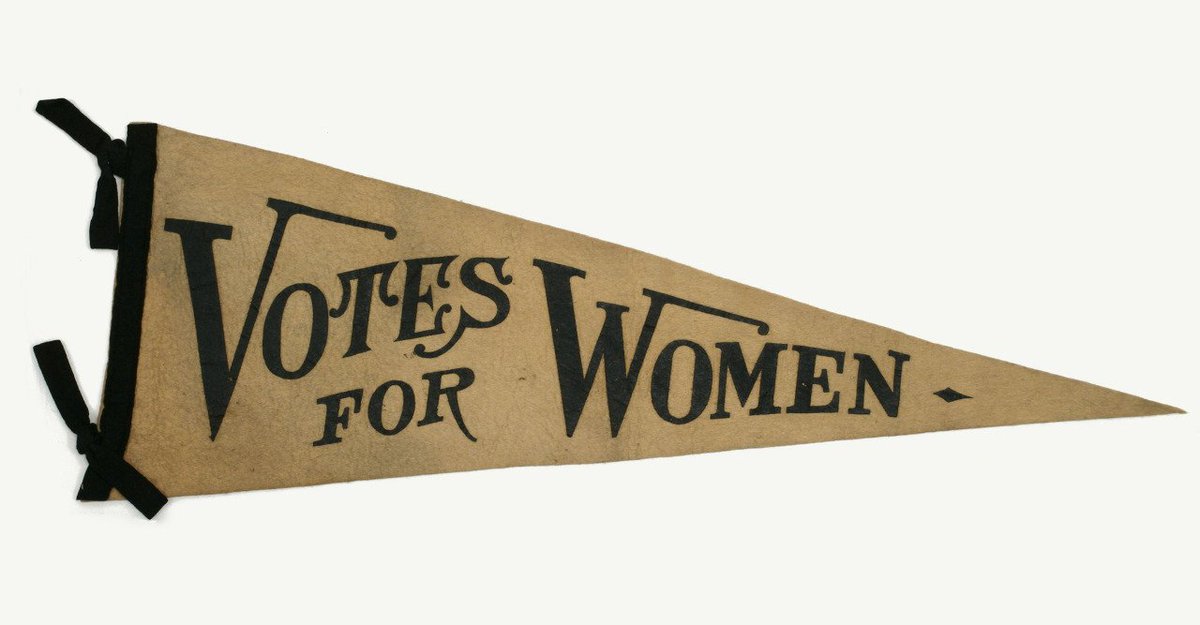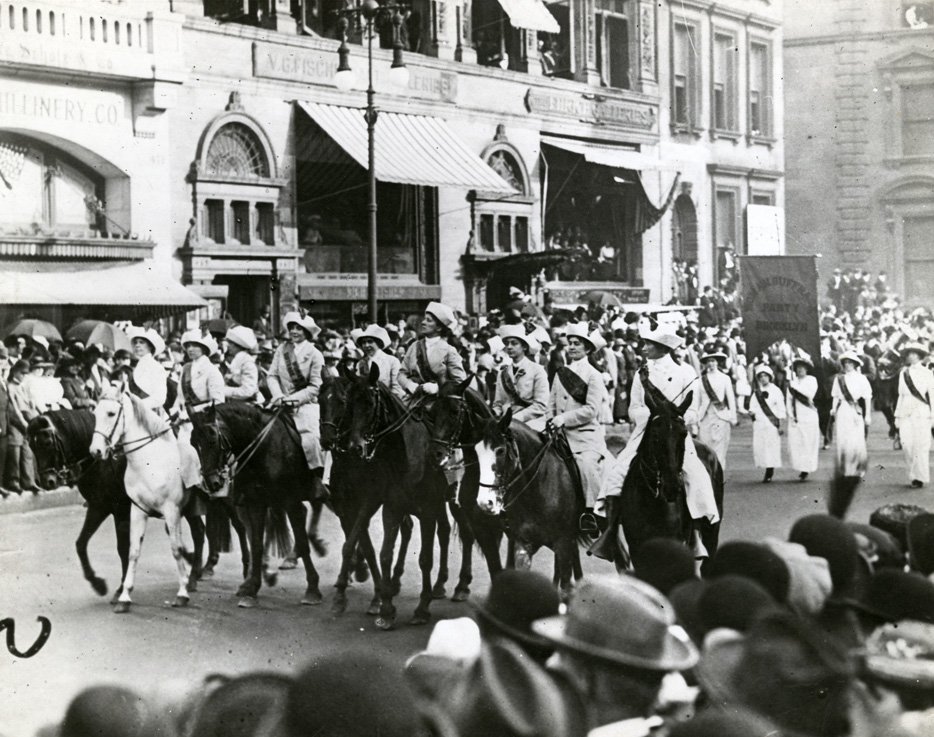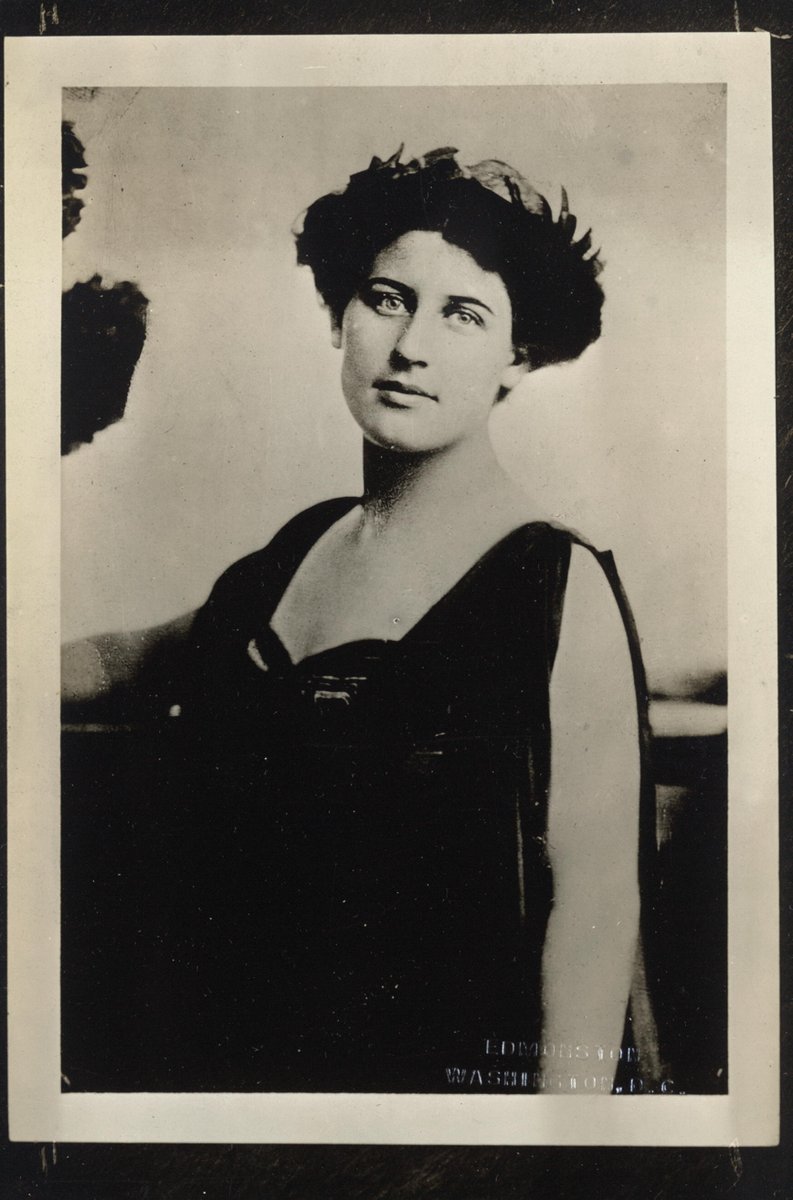
What was the Triangle Shirtwaist Fire?
#OnThisDay in 1911 The Triangle Shirtwaist factory burst into flames—killing 129 women and 17 men.
The tragedy galvanized women across class divisions to fight for better working conditions.
#OnThisDay in 1911 The Triangle Shirtwaist factory burst into flames—killing 129 women and 17 men.
The tragedy galvanized women across class divisions to fight for better working conditions.
What is a shirtwaist?
The shirtwaist was a staple of turn-of-the-century women’s wardrobes. Worn with dark skirts, shirtwaists were popular with women of all classes. Production began in tenement sweatshops, but moved into electrified factory lofts in the early 20th century.
The shirtwaist was a staple of turn-of-the-century women’s wardrobes. Worn with dark skirts, shirtwaists were popular with women of all classes. Production began in tenement sweatshops, but moved into electrified factory lofts in the early 20th century.

By 1910 NYC's garment industry produced 70% of women's clothing & 40% of men's clothing worn in the U.S.
Young immigrant women who made shirtwaists faced long hours, low pay, & brutal working conditions.
📷 Previous installation at the Museum
Young immigrant women who made shirtwaists faced long hours, low pay, & brutal working conditions.
📷 Previous installation at the Museum

The fire was one of the deadliest industrial disasters in US history—it was made worse by terrible working conditions inside the factory.
When workers tried to flee the blaze, they ran into locked doors and out onto a flimsy fire escape that collapsed.
📷 @libarycongress
When workers tried to flee the blaze, they ran into locked doors and out onto a flimsy fire escape that collapsed.
📷 @libarycongress

The Fire Department’s hoses couldn't reach the upper floors of the building as the fire raged.
In just over 18 minutes, 146 people lost their lives.
📷Firemen battling the Triangle Shirtwaist Fire, 1911. Frederick Hugh Smyth Collection of Fire Photographs

In just over 18 minutes, 146 people lost their lives.
📷Firemen battling the Triangle Shirtwaist Fire, 1911. Frederick Hugh Smyth Collection of Fire Photographs


The fire took place amidst an upsurge in women’s political activism in NYC—centering in many ways on the world of garment work.
The young, immigrant women who made shirtwaists were organizing themselves into unions, led by organizers including Clara Lemlich & Rose Schneiderman.


The young, immigrant women who made shirtwaists were organizing themselves into unions, led by organizers including Clara Lemlich & Rose Schneiderman.



A week after the fire, union organizers and workers held a march down Fifth Avenue—calling it a funeral procession. It's believed that more than 80,000 people attended.
📷 @KheelCenter
📷 @KheelCenter

There's always more to history. Want to learn more? The @BoweryBoys interviewed our very own Valerie Paley about the Triangle Shirtwaist Factory Strike of 1909.
🎧 You can also listen to it on @Thehistorychix podcast: bit.ly/2Qv51Vi #WHM
🎧 You can also listen to it on @Thehistorychix podcast: bit.ly/2Qv51Vi #WHM
"I would be a traitor to these poor burned bodies if I came here to talk good fellowship. We have tried you good people of the public and we have found you wanting."
Explore conditions that led to the fire & Schneiderman's speech after the disaster. bit.ly/2OXW8mT
Explore conditions that led to the fire & Schneiderman's speech after the disaster. bit.ly/2OXW8mT
• • •
Missing some Tweet in this thread? You can try to
force a refresh

